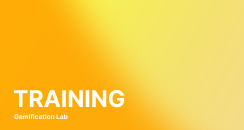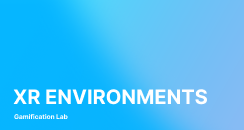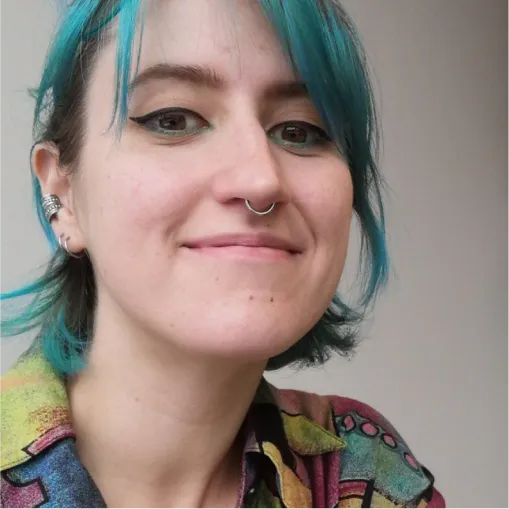





 Gamification in Crisis and Leadership Training in Health and Social Care
Gamification in Crisis and Leadership Training in Health and Social Care
The project's goal is to develop methods that use gamification to improve the effectiveness of leadership and crisis management training, as well as higher education. This initiative is carried out through close collaboration between university educators and professionals in the healthcare and social care sectors. The aim is to enhance preparedness and response capabilities for future crises and emergencies.
 Designing and Developing Gamification and Serious Games in XR Environments
Designing and Developing Gamification and Serious Games in XR Environments
The project aims to explore and establish best practices for designing and developing gamification and serious games in extended reality (XR) environments. The initiative is conducted through project-based collaboration among the universities TU Wien, MDU, IPCA, and Nord.
Izabella is a PhD student at the Faculty of Education, Arts and Culture at Nord University in Norway. Under the supervision of Robin Isfold Munkvold and Adam Palmquist, she has co‑authored several academic publications on gamification, learning technologies, and inclusive design in digital environments.
Google Scholar

In HCI International 2020 - Late Breaking Papers: Cognition, Learning and Games. HCII 2020. Lecture Notes in Computer Science, vol 12425. Springer.
Find Out More
Behaviour and Information Technology, 43(12), 2717-2749.
Find Out More
In HCI International 2020 - Late Breaking Papers: Cognition, Learning and Games. HCII 2020. Lecture Notes in Computer Science, vol 12425. Springer.
Find Out More
Behaviour and Information Technology, 43(12), 2717-2749.
Find Out More



28 March 2025
In the Proceedings of the Annual International GamiFIN conference 2025, vol.9.




8 July 2025
Chapter in Research Handbook on Information Systems and Society. Elgar Edward Publishing.
The following is a list of project that our lab offers that can be expanded into e.g.a master thesis or an internship at the lab.
Gamification Lab is open to master’s thesis and internships on Large Language Models in selected topic such as: knowledge augmentation and editing in language models, multi-modal generation for social robots, moral and ethical reasoning.
Strong knowledge of PyTorch and Language Models is required. Willingness to purse a publication is an advantage.
For more information: [email protected]
The following is a list of project that our lab offers that can be expanded into e.g.a master thesis or an internship at the lab.
Gamification Lab is open to master’s thesis and internships on Large Language Models in selected topic such as: knowledge augmentation and editing in language models, multi-modal generation for social robots, moral and ethical reasoning.
Strong knowledge of PyTorch and Language Models is required. Willingness to purse a publication is an advantage.
For more information: [email protected]
Lux Miranda co-organized the 3rd version of the Workshop: Robo-Identity: Designing for Identity in the Shared
learn moreLux Miranda co-organized the 3rd version of the Workshop: Robo-Identity: Designing for Identity in the Shared
learn moreNatalia Calvo Barajas was recognized as an “outstanding reviewer” based on her contributions to the peer-review process of the ACM/IEEE International Conference on Human-Robot Interaction (HRI), 2023.
learn moreLux Miranda co-organized the 3rd version of the Workshop: Robo-Identity: Designing for Identity in the Shared
learn moreLux Miranda co-organized the 3rd version of the Workshop: Robo-Identity: Designing for Identity in the Shared
learn more